
On June 16, BAM Infra, one of Royal BAM Group’s operating companies in the Netherlands, began to 3-D print the world’s first fully structurally pre-stressed concrete cycle bridge. This cycle bridge has been developed by BAM Infra in cooperation with TU Eindhoven and is part of Gemert Noord-Om, a project being carried out for the Dutch province of Noord-Brabant. Gemert Noord-Om is a northern ring road that links Boekelseweg road (N605) and the N272 road which runs to the southeast of Gemert.
Less waste, fewer scarce raw materials
The bridge will be eight meters long and, by using 3-D printing, less material is needed to make the bridge. Marinus Schimmel, director of BAM Infra Nederland, says, “We are connecting for the future. We are constantly looking for a newer, smarter approach to addressing infrastructure issues and thus making a significant contribution to improving the mobility and sustainability of our society. Innovation plays a crucial role here. 3-D printing does away with the need of auxiliary materials, such as formwork. This produces significantly less waste and we need fewer scarce raw materials. This way of working also has a positive effect on the amount of CO2 emissions during the bridge production process.”
Less nuisance, disruption
In the future, this production method will enable onsite production and will significantly reduce the construction process and any environmental issues. The bridge to be replaced can stay in place longer and, thus, the traffic will be inconvenienced by road closures for a shorter time.
Industrial customization
The 3-D printing of bridges enables customization at any location, at a realistic cost level. Theo Salet, professor at TU/e, says, “The use of robots enables each design to be realized in a unique way with the same effort. An important additional benefit is that all information gathered in the design process can now also be incorporated directly in the execution. This is an important development in the field of Building Information Management, because it brings the various parties in the supply chain closer together. Ultimately, it is the end user who benefits from this, in terms of higher quality and customization.”
To view video, visit: https://youtu.be/c2ozmcWnSYQ.


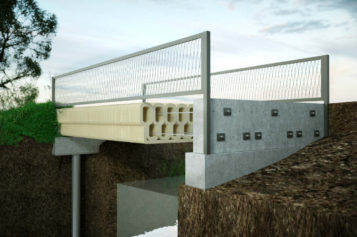
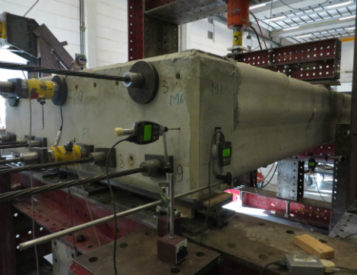
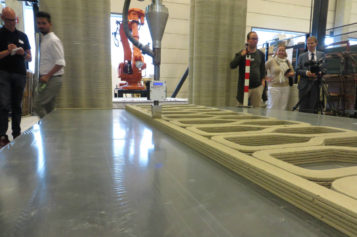
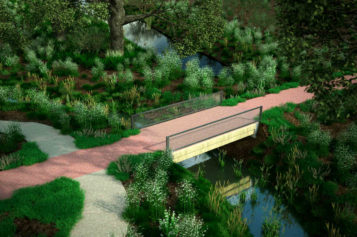
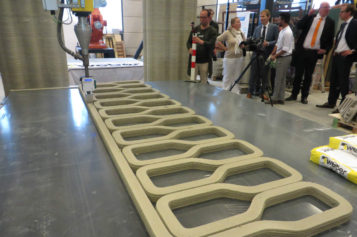
 Join our thriving community of 70,000+ superintendents and trade professionals on LinkedIn!
Join our thriving community of 70,000+ superintendents and trade professionals on LinkedIn! Search our job board for your next opportunity, or post an opening within your company.
Search our job board for your next opportunity, or post an opening within your company. Subscribe to our monthly
Construction Superintendent eNewsletter and stay current.
Subscribe to our monthly
Construction Superintendent eNewsletter and stay current.